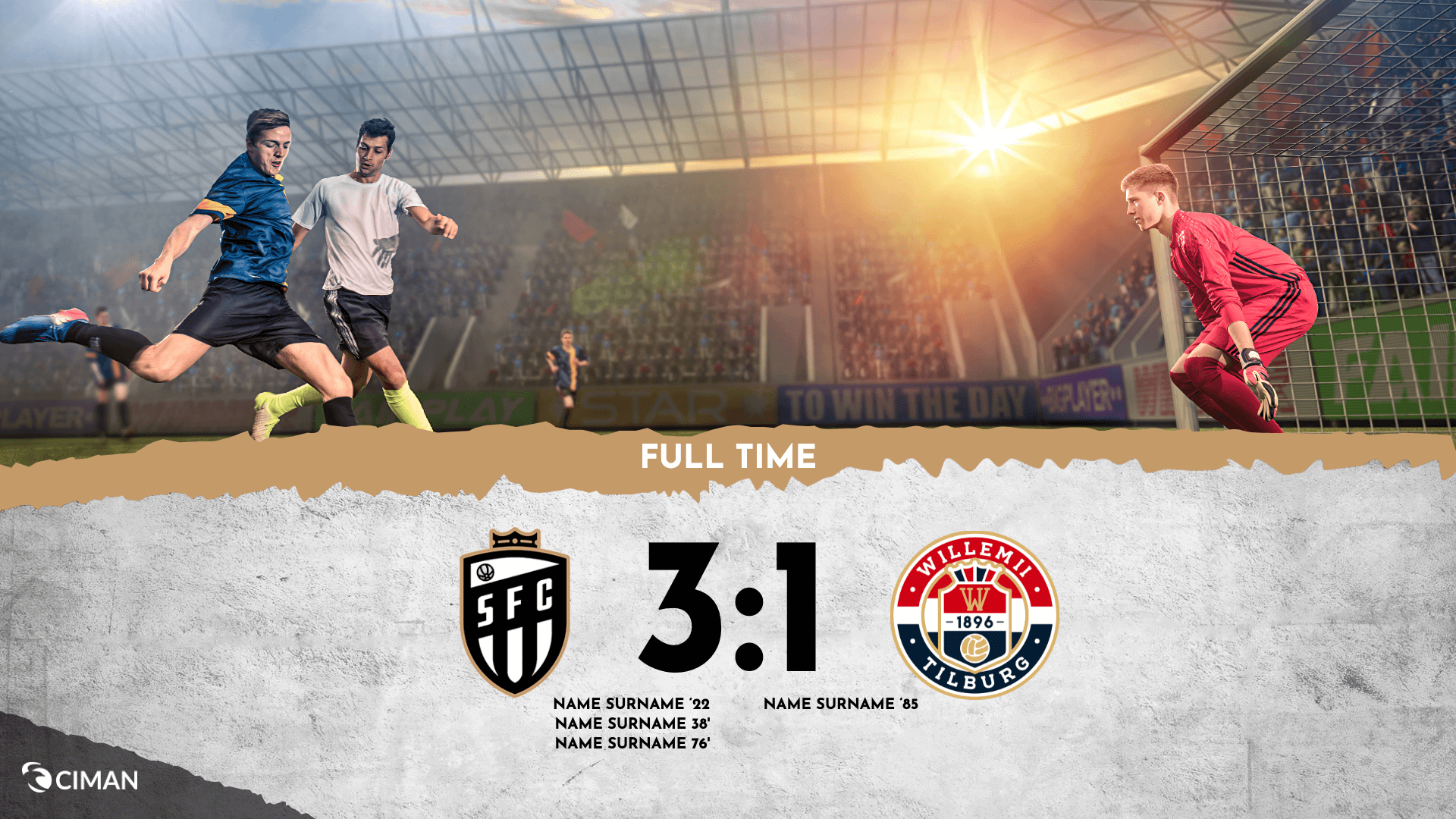Directional drilling, a technique that allows for the drilling of wells at various angles rather than just vertically, has revolutionized modern construction and infrastructure projects. This method enables the installation of pipelines, cables, and other subsurface utilities with minimal surface disruption. However, while directional drilling offers numerous advantages, it also presents certain challenges. This article explores both the benefits and the hurdles associated with directional drilling in contemporary construction projects.
Benefits of Directional Drilling
-
Reduced Surface Disruption
One of the most significant advantages of directional drilling is its ability to minimize surface disruption. Traditional vertical drilling methods often require extensive excavation, which can damage existing infrastructure and disrupt daily activities. Directional drilling, by contrast, allows for the installation of utilities without the need for large-scale surface excavation. This is particularly beneficial in urban areas where minimizing disruption is crucial for maintaining public convenience and safety.
-
Enhanced Precision and Control
Directional drilling provides a high level of precision and control over the drilling process. Advanced technologies, such as real-time monitoring and navigation systems, enable operators to accurately steer the drill bit along a predetermined path. This precision is essential for projects that require exact placement of utilities, such as under roads, rivers, or sensitive environmental areas. By following a specific trajectory, directional drilling can avoid obstacles and reduce the risk of damaging existing utilities or environmental features.
-
Access to Challenging Locations
Directional drilling offers a unique advantage in accessing challenging locations that would be difficult or impossible to reach with conventional drilling methods. For example, it can be used to install pipelines under bodies of water, highways, or densely populated urban areas. This capability extends the reach of construction projects and facilitates the development of infrastructure in areas where traditional methods would be impractical or costly.
-
Cost Efficiency
Although the initial costs of directional drilling equipment and technology can be high, the overall cost efficiency of the method often outweighs these expenses. Directional drilling can reduce the need for extensive surface restoration, minimize the impact on existing structures, and shorten project timelines. The ability to perform drilling without disrupting traffic or other surface activities further contributes to cost savings by avoiding additional expenses associated with surface repair and disruption.
Challenges of Directional Drilling
-
High Initial Costs
One of the primary challenges of directional drilling is the high initial cost of equipment and technology. Directional drilling rigs, navigation systems, and other specialized tools can represent a significant investment for construction companies. Additionally, the need for skilled operators and technicians to manage the drilling process adds to the overall expense. While the method can be cost-effective in the long run, the upfront investment may be a barrier for some projects.
-
Technical Complexity
The technical complexity of directional drilling poses another challenge. The precision required for steering the drill bit and navigating through various geological formations demands advanced knowledge and expertise. The process involves intricate planning, real-time monitoring, and precise adjustments to ensure successful outcomes. Any errors or miscalculations can lead to project delays, increased costs, or damage to existing utilities.
-
Geological and Environmental Factors
Directional drilling is influenced by geological and environmental factors that can impact its effectiveness. Variations in soil composition, rock formations, and groundwater conditions can affect the drilling process and the stability of the borehole. In some cases, encountering unexpected geological conditions may necessitate adjustments or even halt the project. Additionally, environmental regulations and concerns must be addressed to ensure that the drilling process does not harm local ecosystems or wildlife.
-
Maintenance and Repair Challenges
Maintenance and repair of directional drilling equipment can be more complex than traditional drilling methods. The specialized nature of the equipment requires regular maintenance to ensure optimal performance and prevent breakdowns. In the event of equipment failure, repairs can be time-consuming and costly, potentially impacting project timelines and budgets.
Conclusion
Directional drilling has become a valuable tool in modern construction, offering significant benefits such as reduced surface disruption, enhanced precision, access to challenging locations, and cost efficiency. However, the method also presents challenges, including high initial costs, technical complexity, geological and environmental factors, and maintenance difficulties. By understanding these benefits and challenges, construction professionals can make informed decisions about the use of directional drilling in their projects, ultimately optimizing their outcomes and minimizing potential risks.















